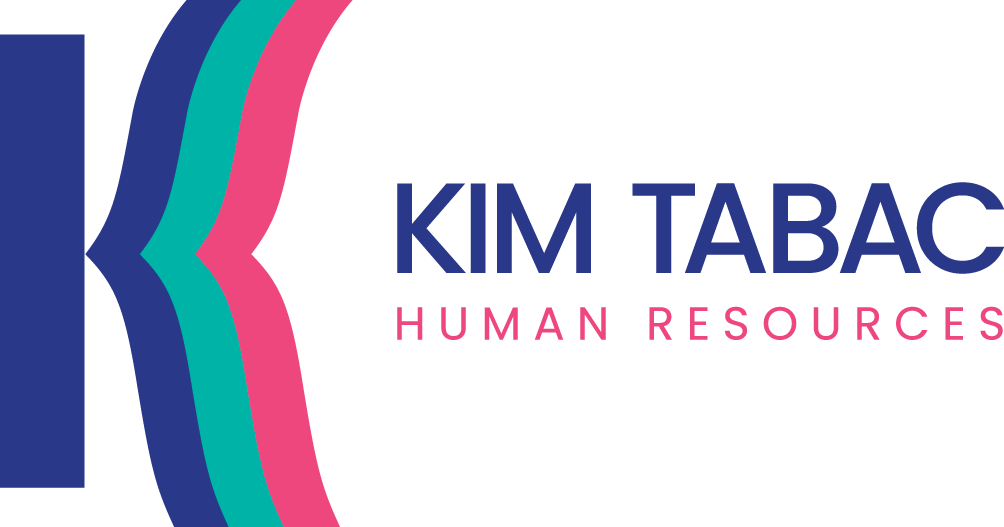Building a truly diverse and inclusive workforce (part 1): It’s not about who you hire
By: Kim Tabac | January 2023
Corporate diversity, equity, inclusion and belonging strategies were brought back into focus in 2020 when social justice movements became front page news and were impossible to ignore any longer. This two part series provides approaches to ensuring that diversity remains at the forefront of the People and Culture Strategy. As we kick off the new year, now is a great time for companies to reflect on their learnings and recommit to their DEI objectives for 2023.
Organizations with more inclusive cultures are twice as likely to meet or exceed business targets, three times as likely to be high performing, and eight times more likely to achieve better business outcomes.
In order to succeed in building a diverse company, it is not who you hire that matters – it is who you DON’T hire that will support the achievement of diversity goals. Hiring to build a diverse and inclusive organization made up of employees from a variety of races, cognitive abilities, socioeconomic backgrounds and genders requires intentional decision making. Hiring the best person for the job is always the most important factor in making any hiring decision, but when an organization wants to hire to improve overall diversity, the goal must be to hire the best person for the job who is also diverse. That does not mean hiring the best diverse person for the job. In order to accomplish this, hiring managers may not make an offer to the first person that they meet who they believe would be an exceptional addition to the team. It means waiting to meet the best person for the job who is also diverse. This strategy may take more time, and have both loss of productivity and financial impacts while the role remains vacant… but companies who are committed to the goal of building diverse organizations understand that the short term pain more than pays off in the long term benefits.
Many of our social and business networks are made up of people who have similar backgrounds and experiences. If you review your LinkedIN first level connections, you will likely notice that the majority of your network has a very similar diversity profile as you do, making it challenging to access (and to even know about) the vast talent pool outside of your first and second level connections. When people-managers and recruiters make hiring decisions based on a search criteria for “the best person for the job,” often they are searching for talent in a homogeneous pool of candidates. Many hiring managers are committed to hiring diverse employees but when presented with candidates in the final stage of the hiring process, are often introduced to a larger percentage of candidates whose diversity profile is similar to or the same as theirs or their current teams’. Logic (and math) prove that when less highly qualified diverse candidates are presented than highly qualified homogeneous candidates, the probability of hiring for diversity is clearly reduced.
So how can recruiters and hiring managers go about accessing a more diverse candidate pool so that they can achieve their hiring goals?
- Diversify social and professional networks
- Attend events that attract diverse professionals
- Mentor diverse professionals
- Volunteer in the community/industry
Diversifying the hiring teams:
Having people from diverse backgrounds, races, cognitive abilities and genders on the hiring team is another key strategy for unlocking the talent pool that you are wanting to access for future hires. In building a hiring strategy that will realize your diversity goals it is imperative that you start with the hiring manager teams and the recruitment team. Since their social and business networks are reflections of their diversity profile, adding top talent who is diverse to these teams will drive the results organically as you work to address the diversity gaps in other areas of the business. This process will take time and will require a focussed and intentional effort, but having the ability to connect with highly talented professionals who are diverse will pay off time and time again.

